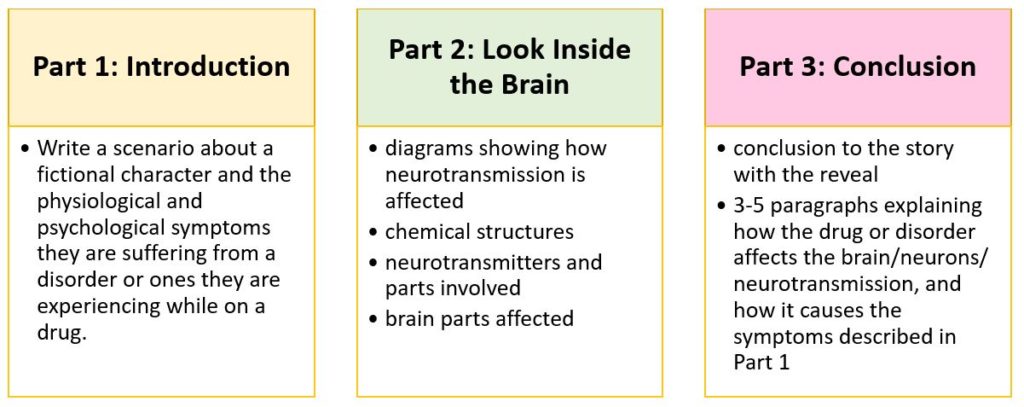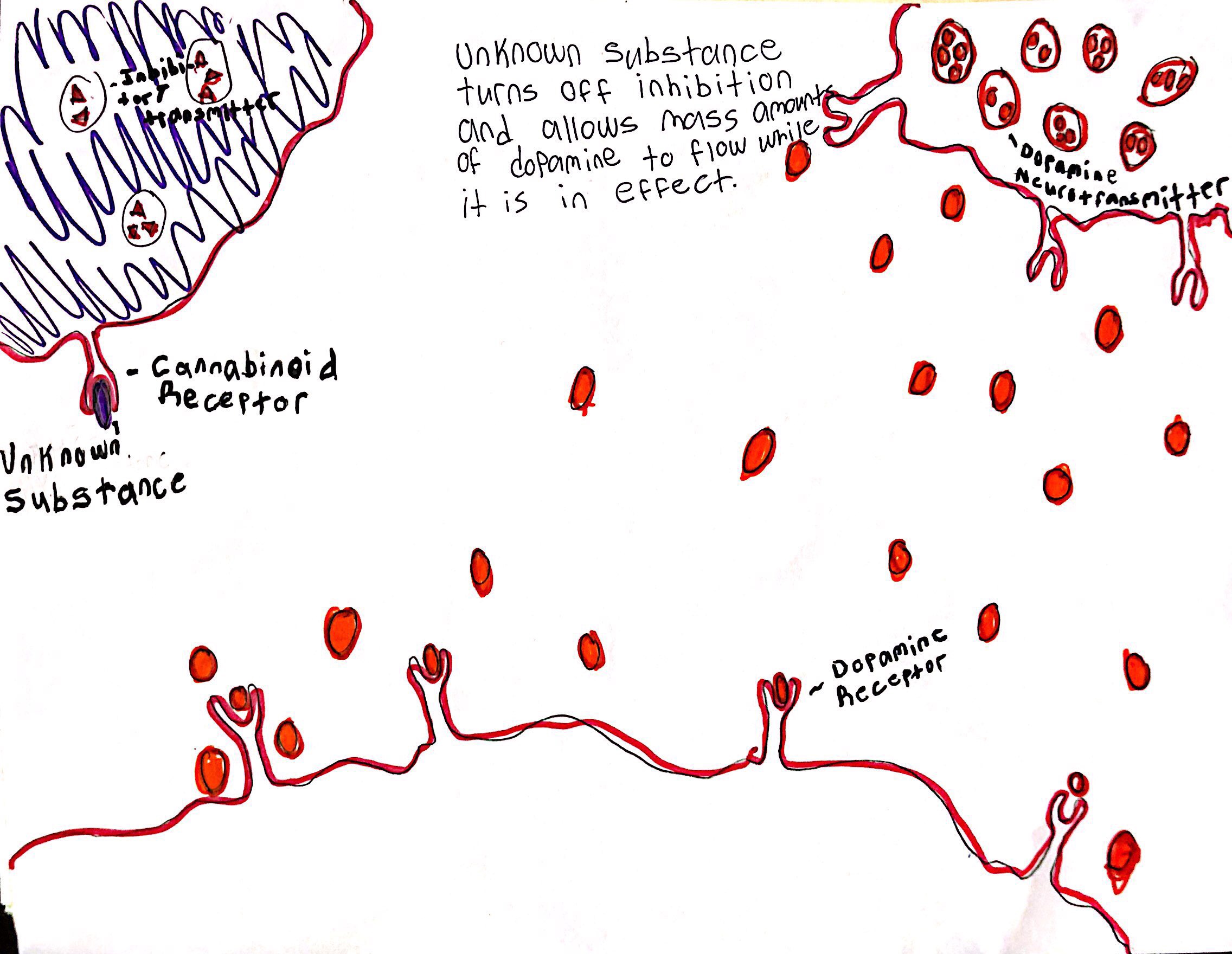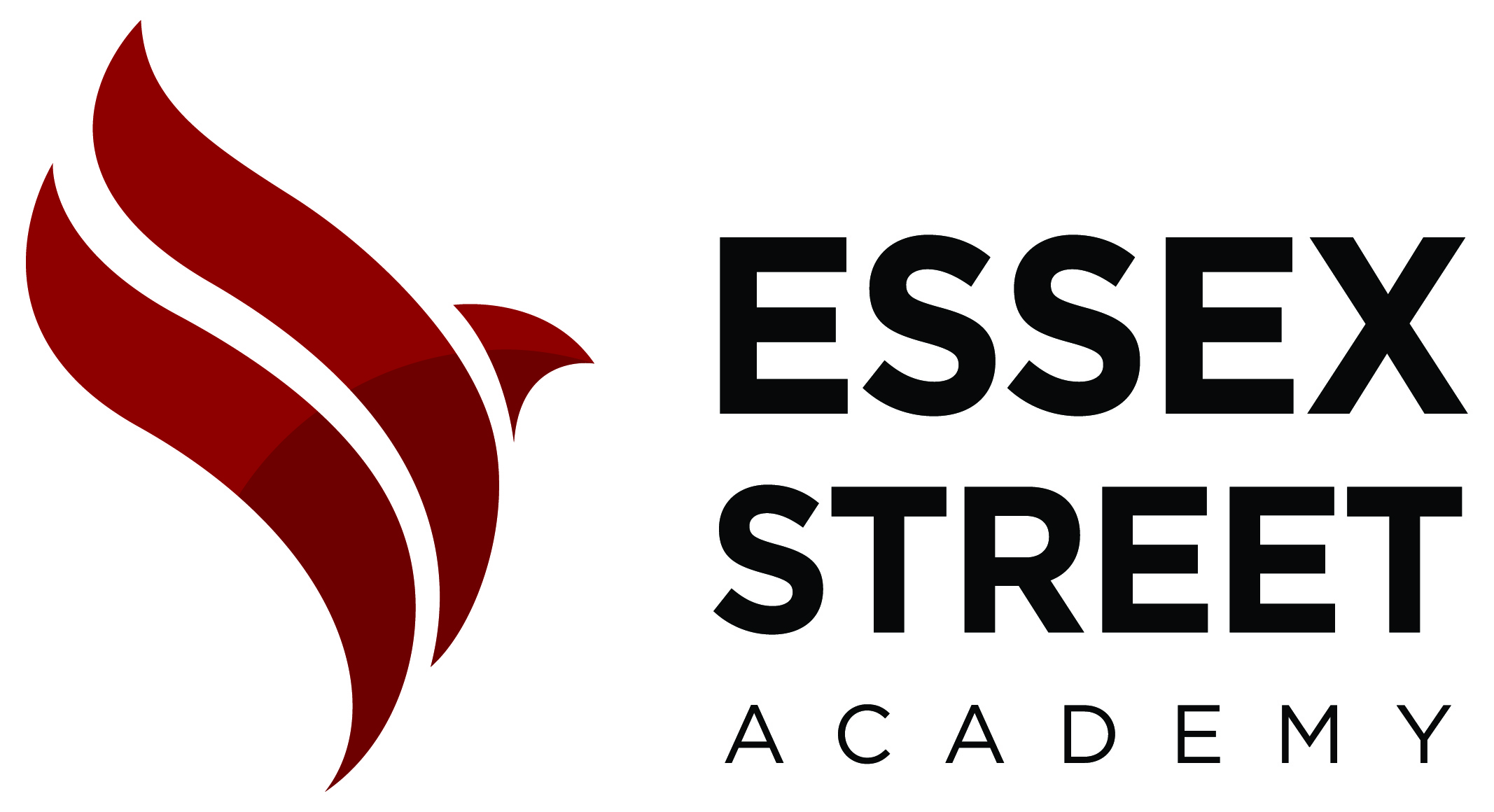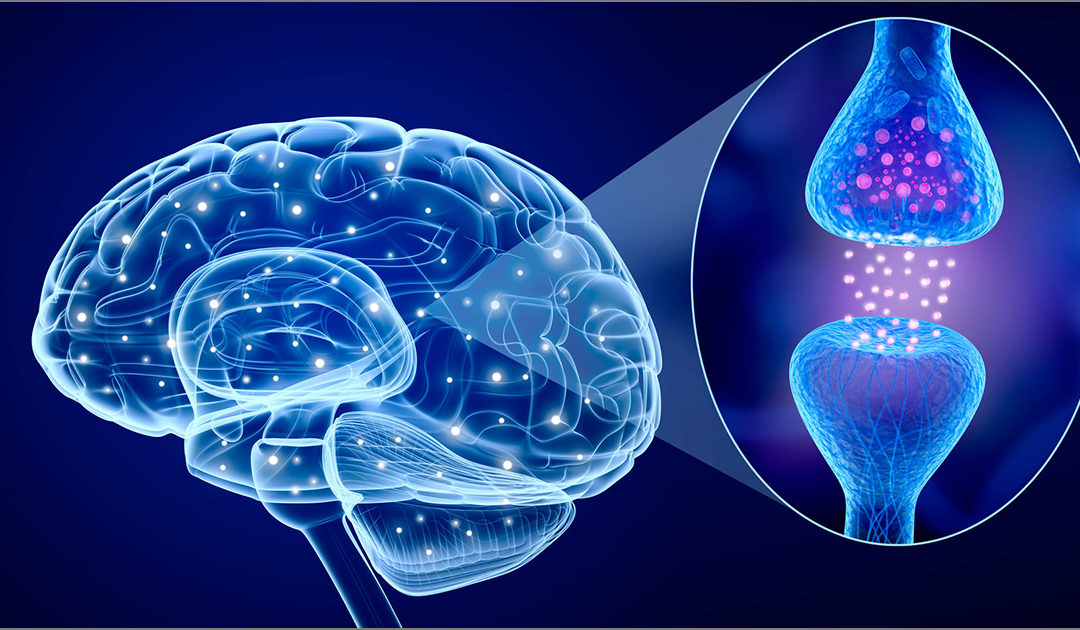In my first blog post, I wrote about my desire to form student experts in neuroscience who would be able to create some kind of meaningful product for a wider audience. Instead of completing a project just for me as the teacher, and for their grade, I wanted students to feel compelled to produce something that they knew someone else would use!
The inspiration for the solution came from my conversations with Nick and Wallace, my AP and principal. I had mentioned how I had completely rewritten the circulatory system project last year in my biology class to make it more inquiry based, by having students solve case studies involving heart diseases. Nick encouraged me to find a way to incorporate case studies into the neuroscience class as well. At the same time, I thought about how I know the neuroscience teachers at 2 other Consortium schools nearby (ICE and City-As) with whom I’ve been meaning to find ways to collaborate.
So for my solution, I decided to have students design case studies. Case studies use stories about a particular individual or group of individuals in a real-life context to teach a concept. Students become invested in the characters or people featured in the case study, while applying their inductive and problem-solving skills to work through the scenario. The students in my human biology class really enjoyed the case study circulatory system project; my colleague Cristie also wrote an amazing case study project for her pathology class last year where students had to pretend they were a team of CDC investigators responding to an epidemic of a mystery disease.
The University at Buffalo has established a National Center for Case Study Teaching in Science which has a library of great case studies, but I noticed that there weren’t many specific to drugs or neurotransmission, which are 2 key topics for this unit. Therefore, I decided that I would have students design their own case studies that could be used as a teaching tool, and to post them up on a website for my neuroscience teacher friends at ICE and City-As to use. Tamara and Lavonne from City-As to create a little video saying how they were looking forward to resources they could use in their classes, resources that my students would be be responsible for creating!
I had in my mind the structure of the case study I wanted students to write:

So I first created a model case study about LSD using the same format to introduce my students to case studies and pique their interest in the topic. They were excited to explore the topic and “solve the mystery”, after which I told them, “Now it’s your turn! You will choose a drug or disorder and design a case study in the same way for students at other schools to learn from!”
So how did it go? Initially, students were very interested and eager to get started on the project. They were highly engaged in the research process of learning about the drug or disorder and came up with highly creative narratives that were clearly designed for an audience of their peers. They also created great drawings showing the neurotransmission process was affected by their drug or disorder.
From Ming’s Case Study “Off the Hinges’ on Multiple Sclerosis
“Be quiet Mina! I am trying! Mommy’s trying okay sweetie? Just keep your seatbelt ON!’
Why is this happening? I can’t feel my foot on the gas and my legs have this weird tingling feeling. My foot feels like a 20 lb bowling ball every time I try to lift it. Now the numbness is traveling to my arms. My adrenaline is rushing through my body. I’m going off the hinges. I think i’m in shock. I HAVE to find a way to make this car drive straight. My left foot is pushing down harder and heavier on the gas. And I can’t move my right foot onto the breaks. I’m going to die. I’m going to kill my daugh–

From Ellis’ Case Study on Synthetic Marijuana
I’m thinking about all the reasons why students didn’t finish and what I could have done differently. Did students not have enough support and scaffolding to complete Part 3? Did they have trouble finding neuroscience sources that were understandable? Were they simply too busy with other projects at the end of the semester and unable to manage multiple projects? Or was it that it’s hard to sustain interest in a topic or project after the initial excitement wears off?
I’m also left thinking about the fact that while there will eventually be an authentic audience for the case studies after they’ve been properly vetted by me and posted on a website, the audience still feels distant to the students while they’re working and doesn’t provide the same in-your-face pressure that a live presentation would put on the students.
Nonetheless, I still feel a sense of accomplishment in having designed a project for my students that is markedly different from what I’ve done before in the past. Thinking about having an authentic audience for my students’ work products has pushed me to be innovative and take risks with my curriculum! I am looking forward to continuing to revisit my instruction and curriculum through the authentic instruction framework to see what I can do to transform the science learning experience for my students.


It seems likely that as students can read and look at case students others have developed ..in the future, they will be able to “feel” their audience better. Also have you considered. Students in the future reworking or moving case studies started by other groups?